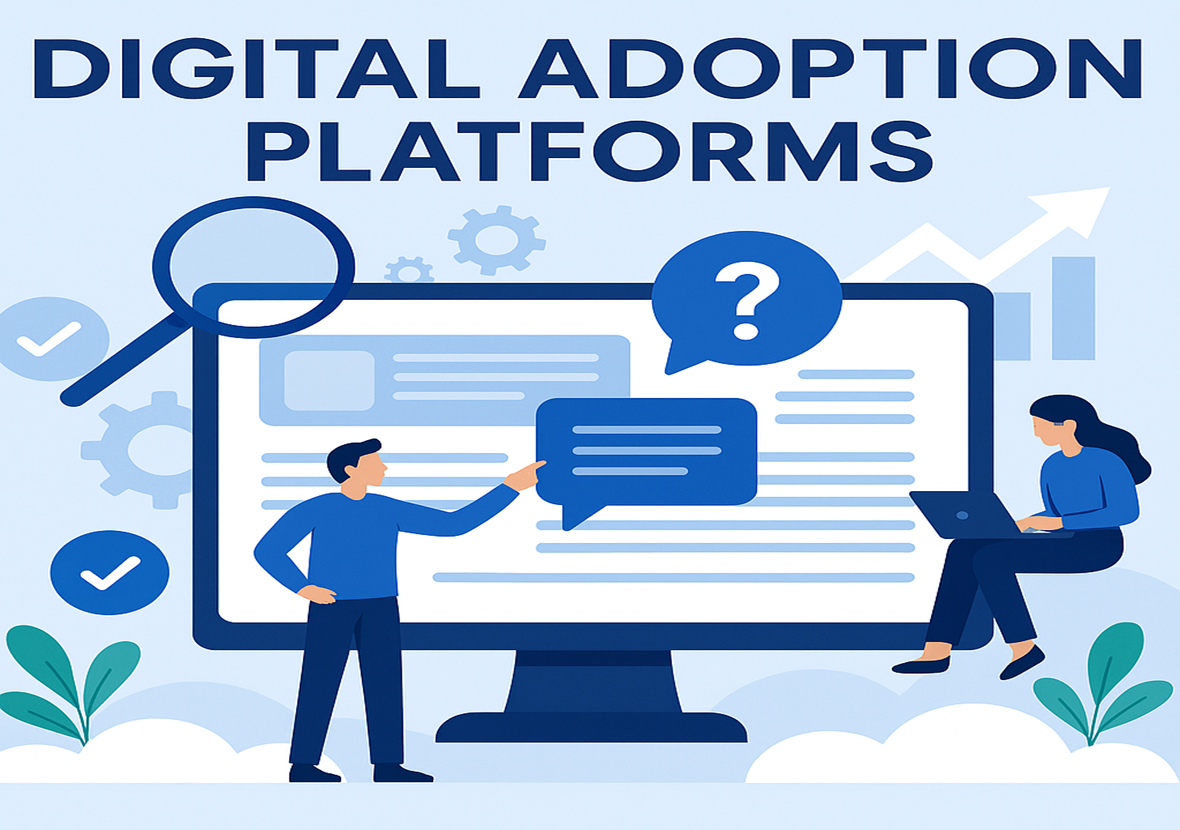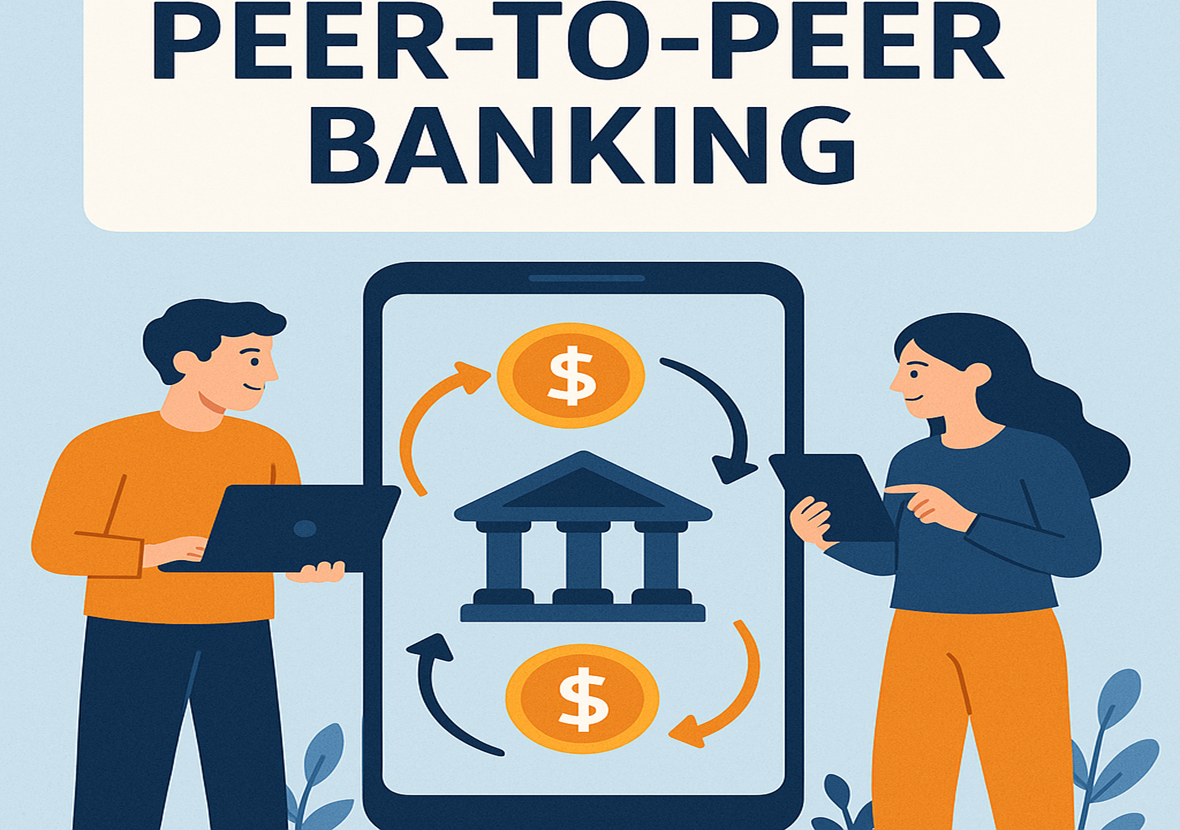How to Pay for College Without Student Loan Debt
Going to college is a life-changing decision, but the rising costs of higher education can be overwhelming. Many students take out hefty loans to fund their degrees, only to graduate with years of debt hanging over them. While student loans are a common option, they are not the only way to pay for college. In fact, with the right strategy, it is entirely possible to earn a degree without borrowing a single dollar.
This guide explores practical and effective ways to pay for college without student loan debt. From scholarships and grants to creative ways of earning money, you will discover various strategies that can help you achieve a debt-free college education.
What Is Student Loans Debt?
Student loan debt refers to the money borrowed by students to cover the cost of higher education, including tuition, books, housing, and other expenses. These loans must be repaid, often with interest, after the student graduates or leaves school.
For many students, taking out loans is the only way to afford college, especially as tuition costs continue to rise. However, student loan debt can become a financial burden, affecting graduates for years or even decades after they complete their education.
Scholarships and Grants
One of the best ways to pay for college without taking on debt is through scholarships and grants. Unlike loans, these funds do not have to be repaid. Scholarships are typically awarded based on merit, talent, or achievements, while grants are usually based on financial need.
Applying for scholarships should be a top priority for any student trying to avoid loans. Many organizations, universities, and government programs offer scholarships for academic excellence, leadership, community service, and even unique talents. The key to winning scholarships is to apply early and apply often. Many students miss out simply because they do not take the time to search for opportunities and submit applications.
Grants, on the other hand, are usually provided by federal and state governments or educational institutions. The most well-known grant in the U.S. is the Pell Grant, which helps low-income students afford college. Many states also have their own grant programs, and private organizations sometimes provide grants for students in specific fields of study.
Work-Study Programs and Part-Time Jobs
Balancing school and work can be challenging, but it is one of the most effective ways to pay for college without loans. Many colleges offer work-study programs that allow students to work on campus while earning money to cover tuition and living expenses. These programs are especially helpful because they often provide flexible work schedules that accommodate academic responsibilities.
Even if you are not eligible for a work-study program, taking on a part-time job can make a significant difference. Many students work as tutors, baristas, administrative assistants, or even freelancers in digital fields like graphic design and writing. The extra income may not cover all college expenses, but it can reduce the amount you need to pay out of pocket.
Freelancing and online gigs are also viable options. With the rise of remote work, students can take on flexible jobs such as social media management, virtual assistance, and content writing. These opportunities not only help cover expenses but also build valuable work experience that can be useful after graduation.
Attending a Community College First
One of the most underrated ways to save money on college tuition is by starting at a community college. Many students choose to complete their general education courses at a two-year college before transferring to a four-year university. This approach can save thousands of dollars in tuition fees.
Community colleges offer much lower tuition rates compared to universities, and many have transfer agreements with top schools. By completing the first two years of a degree at a community college, students can significantly reduce their overall college costs without compromising the quality of their education.
In some states, there are also programs that allow students to attend community college for free if they meet certain criteria. Exploring these options can make a huge difference in reducing the financial burden of higher education.
Employer Tuition Assistance Programs
Many companies recognize the value of having educated employees and offer tuition reimbursement or assistance programs. Some major corporations, including Starbucks, Amazon, and Walmart, provide tuition benefits to employees who want to earn a degree while working.
Employer tuition assistance programs can be an excellent way to pay for college without taking on debt. The key is to find a company that offers these benefits and to take advantage of them while working. Even if a job does not offer full tuition coverage, it can significantly reduce the cost of earning a degree.
Another approach is to find a job that offers on-the-job training and career advancement opportunities. Some industries, such as healthcare and technology, provide apprenticeships and training programs that lead to degree qualifications without requiring traditional college enrollment.
Military and Government Programs
For students who are open to serving their country, military service can be a pathway to a debt-free college education. The U.S. military offers various education benefits, including the GI Bill, which covers tuition, housing, and other college-related expenses.
Programs such as the Reserve Officers’ Training Corps (ROTC) provide scholarships in exchange for military service after graduation. These scholarships cover full tuition and often include a stipend for living expenses. While military service is a serious commitment, it can be an excellent option for students who want to earn a degree without debt while gaining valuable leadership and career skills.
Government-sponsored programs, such as AmeriCorps, also offer education awards for students who complete community service projects. These awards can be used to pay for college tuition or student loan repayment.
Living Frugally and Reducing College Costs
Another effective way to avoid student debt is by cutting down on expenses. Many students end up borrowing more than necessary because of high living costs. By making smart financial decisions, it is possible to significantly reduce the amount needed to pay for college.
One way to save money is by choosing affordable housing options. Living at home with family, sharing an apartment with roommates, or finding low-cost housing alternatives can reduce living expenses. On-campus housing can be convenient but is often more expensive than off-campus options.
Saving on textbooks is another crucial step. Instead of buying new books, students can rent, buy used copies, or use free online resources. Many universities also have library copies of textbooks that can be borrowed for free.
Reducing unnecessary expenses, such as eating out frequently or purchasing luxury items, can make a significant difference. Many students take advantage of student discounts, cook meals at home, and use public transportation to save money.
Crowdfunding and Creative Fundraising
In today’s digital age, crowdfunding has become a popular way to raise money for college. Platforms like GoFundMe allow students to share their education goals and request financial support from friends, family, and even strangers who believe in their dreams.
Some students have successfully funded their education by leveraging social media to share their stories and connect with donors. While crowdfunding is not a guaranteed solution, it can provide extra financial support when combined with other funding sources.
Creative fundraising efforts, such as selling handmade crafts, starting a small business, or offering tutoring services, can also help generate income for college expenses. Many students use their skills and talents to create side businesses that contribute to their education funds.
Conclusion
While the cost of higher education continues to rise, there are numerous ways to pay for college without taking on student loans. Scholarships and grants provide free money, while work-study programs and part-time jobs help cover expenses. Starting at a community college, taking advantage of employer tuition assistance, and exploring military or government programs can all contribute to a debt-free education.
Living frugally, reducing unnecessary costs, and considering creative fundraising methods can also make a significant difference. The key to success is planning ahead, researching available opportunities, and being proactive in seeking financial aid.
Earning a college degree without debt requires effort and determination, but it is entirely possible. With the right strategy, students can graduate without the burden of student loans, giving them financial freedom and a strong foundation for their future careers.















